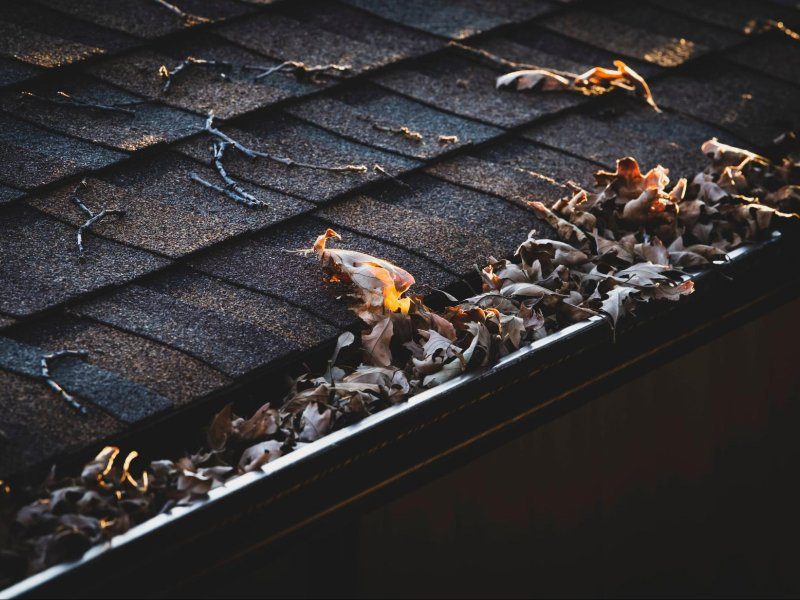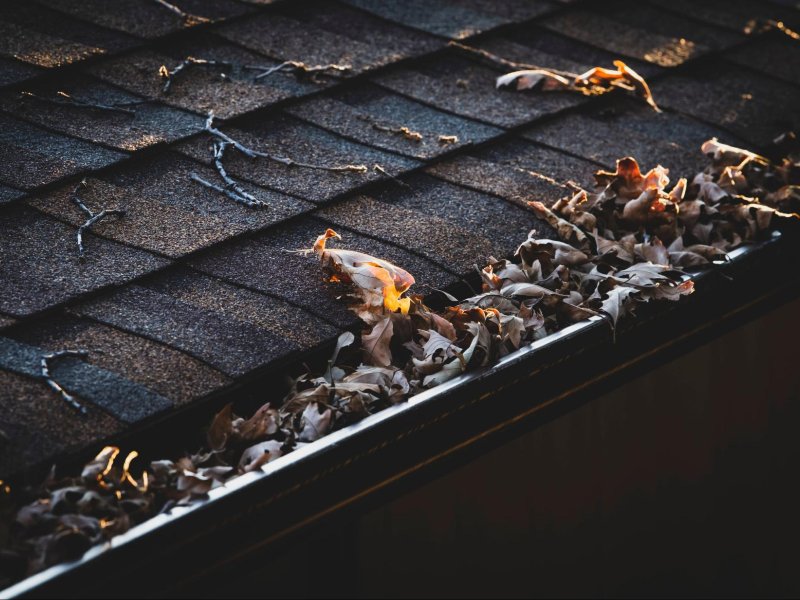Gutters play a crucial role in protecting homes from water damage by channeling rainwater away from the roof and foundation. However, without regular maintenance, gutters can become clogged with leaves, debris, and dirt, leading to potential issues such as water damage, roof leaks, and even structural damage. Establishing a proper gutter cleaning schedule is essential for maintaining their functionality and preventing costly repairs. In this comprehensive guide, we will explore the importance of gutter cleaning, signs that it’s time for maintenance, and how to establish a cleaning schedule for maximum effectiveness.
The Importance of Gutter Cleaning
1. Preventing Water Damage:
The primary purpose of gutters is to redirect rainwater away from the foundation and walls of a home. When gutters are clogged, water can overflow, leading to water pooling around the foundation. This can result in basement flooding, soil erosion, and even damage to the home’s structural integrity.
2. Avoiding Roof Leaks:
Clogged gutters can cause water to accumulate on the roof, leading to leaks. As water backs up, it can seep into the roof, causing damage to the underlying structure and insulation. Regular gutter cleaning helps prevent these issues and extends the lifespan of the roof.
3. Preventing Ice Dams:
In colder climates, clogged gutters can contribute to the formation of ice dams. As water freezes in the gutters, it can create ice dams that prevent proper drainage. This can lead to water backing up under the roof, causing significant damage.
4. Preserving Landscaping:
Overflowing gutters can pour water onto landscaping and flower beds, causing soil erosion and damage to plants. Proper gutter maintenance ensures that rainwater is directed away from the landscape, preserving the beauty of the property.
5. Protecting Siding and Paint:
When gutters are clogged, water overflow can reach the siding of the house, leading to staining, rot, and peeling paint. Regular cleaning prevents these issues, preserving the aesthetic appeal of the home’s exterior.
Signs that Gutter Cleaning is Needed
Visible Debris:
- The most obvious sign that gutters need cleaning is the presence of visible debris. If you notice leaves, twigs, or dirt in the gutters, it’s time to schedule a cleaning.
Overflowing Water:
- During or after rainfall, observe the gutters. If you see water overflowing, it indicates a blockage. Water should flow smoothly through the gutters and downspouts.
Sagging Gutters:
- Clogged gutters can become heavy with debris and water, causing them to sag. If you notice sagging sections, it’s a clear indication that cleaning is overdue.
Plant Growth:
- Plants growing in the gutters are a sign of accumulated organic material. This not only indicates the need for cleaning but also poses a risk of further blockages.
Insect Infestations:
- Stagnant water in clogged gutters can become a breeding ground for mosquitoes and other insects. If you notice increased insect activity around your gutters, it’s time for cleaning.
Interior Water Stains:
- Water stains on interior walls or ceilings can be a sign of overflowing gutters. If left unaddressed, this can lead to more significant issues like mold and structural damage.
Establishing a Gutter Cleaning Schedule
According to our fellow gutter cleaning friends at Clean Pro Gutter Cleaning, regular gutter cleaning is essential for maintaining the efficiency of your gutter system and preventing costly repairs caused by clogged gutters.
1. Seasonal Cleaning:
Perform a thorough gutter cleaning at least twice a year – once in the spring and once in the fall. These are times when trees shed leaves and debris, contributing to gutter blockages.
2. After Heavy Storms:
Check the gutters for debris after heavy storms, especially if there are high winds or hail. Storms can bring down branches and leaves, quickly clogging gutters.
3. Inspect Annually:
Conduct a comprehensive inspection of your gutters at least once a year. Look for signs of wear and tear, such as rust or loose fasteners. Addressing these issues promptly can prevent more extensive damage.
4. Consider Your Surroundings:
If your property has an abundance of trees or is in an area prone to heavy debris, you may need to clean your gutters more frequently. Assess the surrounding environment to tailor your cleaning schedule accordingly.
5. Invest in Gutter Guards:
Gutter guards or covers can help reduce the frequency of gutter cleaning by preventing large debris from entering. While not foolproof, they can significantly extend the time between cleanings.
6. Professional Inspection:
Consider scheduling a professional gutter inspection every few years. Professionals can identify potential issues, clean gutters thoroughly, and provide recommendations for maintenance.
7. DIY vs. Professional Cleaning:
Assess your comfort and ability to perform gutter cleaning tasks. While some homeowners may prefer a DIY approach, others may opt for professional services. A combination of both can be effective, with homeowners performing routine cleanings and professionals handling more in-depth inspections.
DIY Gutter Cleaning Tips
Use a Sturdy Ladder:
- Ensure your safety by using a sturdy and stable ladder. Place it on a level surface, and have someone spot you while you climb.
Wear Protective Gear:
- Gutter cleaning can be messy, so wear gloves to protect your hands and safety glasses to shield your eyes from debris.
Use a Trowel or Scoop:
- Remove debris by hand or use a trowel or scoop specifically designed for gutter cleaning. Start at the downspout and work your way outward.
Flush Gutters with Water:
- After removing debris, flush the gutters with a hose to ensure proper water flow. This also helps identify any remaining clogs.
Check Downspouts:
- Ensure that downspouts are clear of debris and direct water away from the foundation. Use a plumber’s snake or a hose to clear any blockages.
Inspect for Damage:
- While cleaning, inspect the gutters for signs of damage, rust, or loose fasteners. Address these issues promptly to prevent further damage.
Conclusion
Establishing a regular gutter cleaning schedule is essential for maintaining the functionality and longevity of your home’s gutters. By understanding the signs that cleaning is needed, adopting a proactive approach, and considering the specific needs of your property, you can prevent water damage, roof leaks, and other issues associated with clogged gutters. Whether you choose to perform DIY cleanings or enlist the help of professionals, the investment in regular maintenance will pay off in the long run, preserving the integrity and aesthetics of your home.







